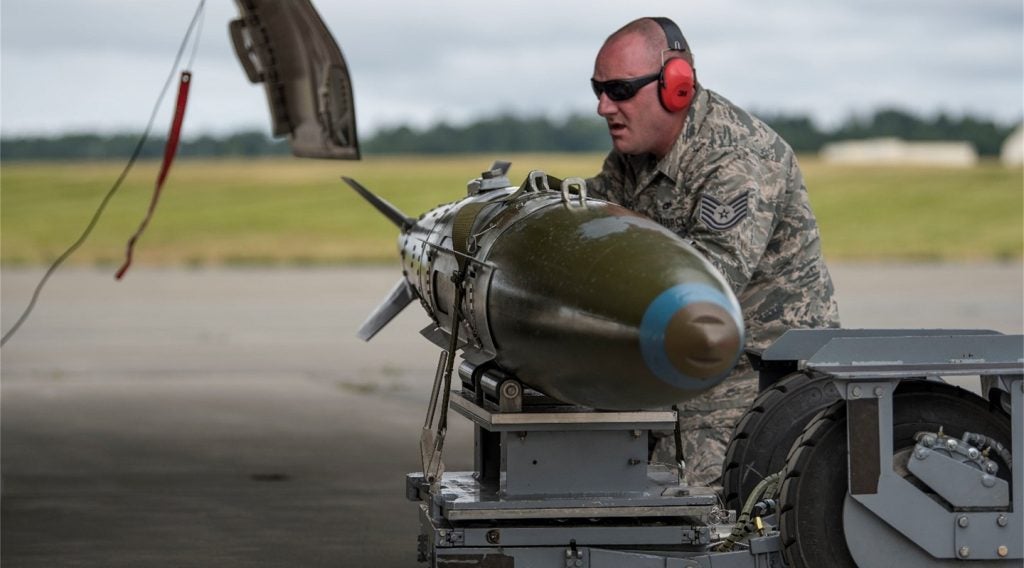
Radar display and tracking subsystems developer Cambridge Pixel has supplied components to Hanwha Thales (HTC) for an air traffic surveillance project in South Korea.
The radar trackers and display components will be deployed in HTC’s systems that are currently in use at air force bases in the country.
The Korean air force is upgrading its surveillance systems with primary radar display and tracking, and integrating the primary tracks with identification friend or foe (IFF) data.
HTC senior engineer Jaehun Kim said: "Cambridge Pixel’s highly flexible radar tracker was able to accommodate our different radar sensors and target motions to deliver a cost-effective solution for this air base application.
"When changes to the radar and IFF interfaces required additional development, this was undertaken in a timely manner."
Cambridge Pixel’s SPx Tracking Server provides fully automatic track initiation and multi-hypothesis tracking from the primary radar sensor.
How well do you really know your competitors?
Access the most comprehensive Company Profiles on the market, powered by GlobalData. Save hours of research. Gain competitive edge.

Thank you!
Your download email will arrive shortly
Not ready to buy yet? Download a free sample
We are confident about the unique quality of our Company Profiles. However, we want you to make the most beneficial decision for your business, so we offer a free sample that you can download by submitting the below form
By GlobalDataThe tracker receives radar video and processes it to identify targets, which are then correlated from scan to scan to output positional and motion updates.
Cambridge Pixel CEO Dave Johnson said: "The flexibility of our SPx tracking server enabled us to meet the requirements of this airborne tracking application by creating a parameter set to define the dynamics of the targets of interest."
In May, the company received a contract from Royal Thai Air Force (RTAF) to upgrade its air defence capability at several strategic sites across Thailand.
Cambridge’s systems support the RTAF with target tracking from primary and IFF sensors, track fusion, safety alerts and presentation of the integrated data.
Image: Two aircraft flying. Photo: courtesy of Cambridge Pixel.







